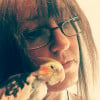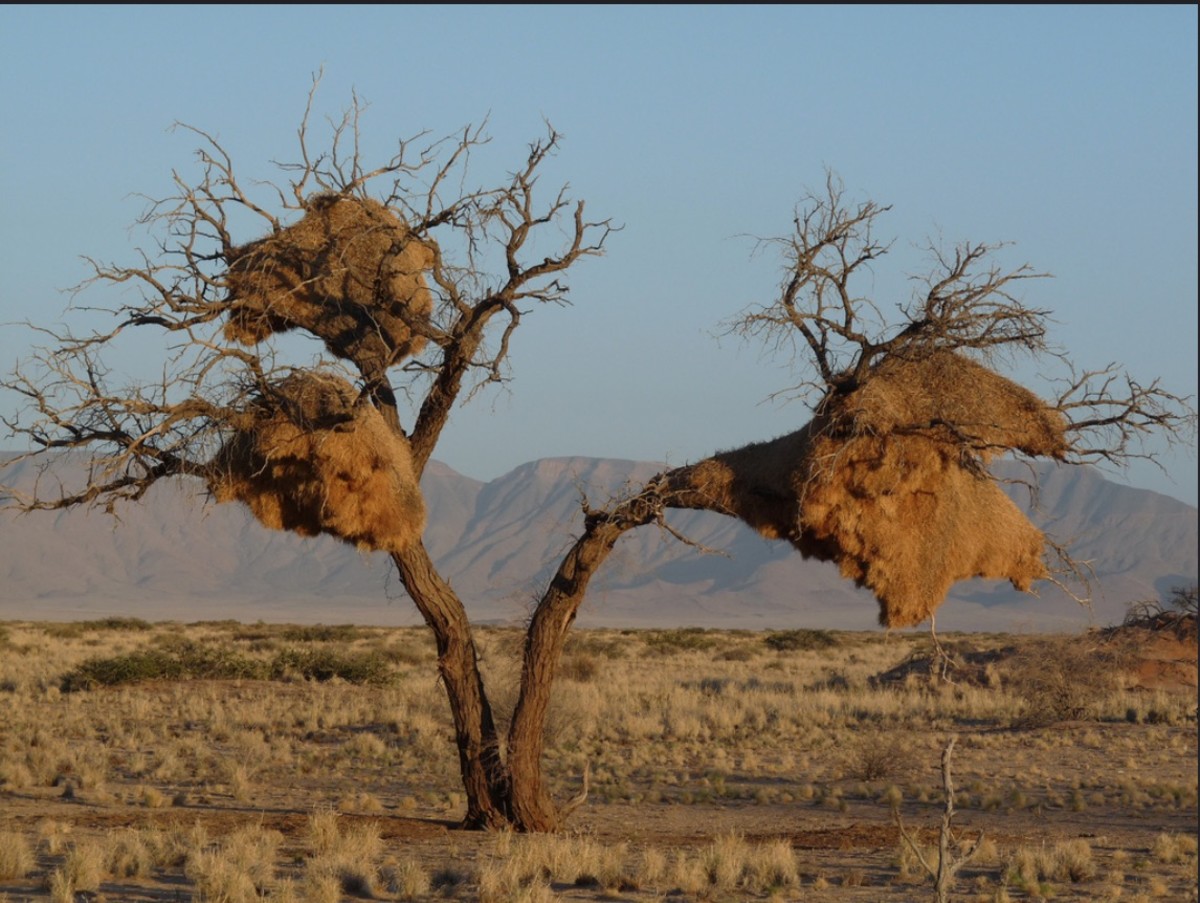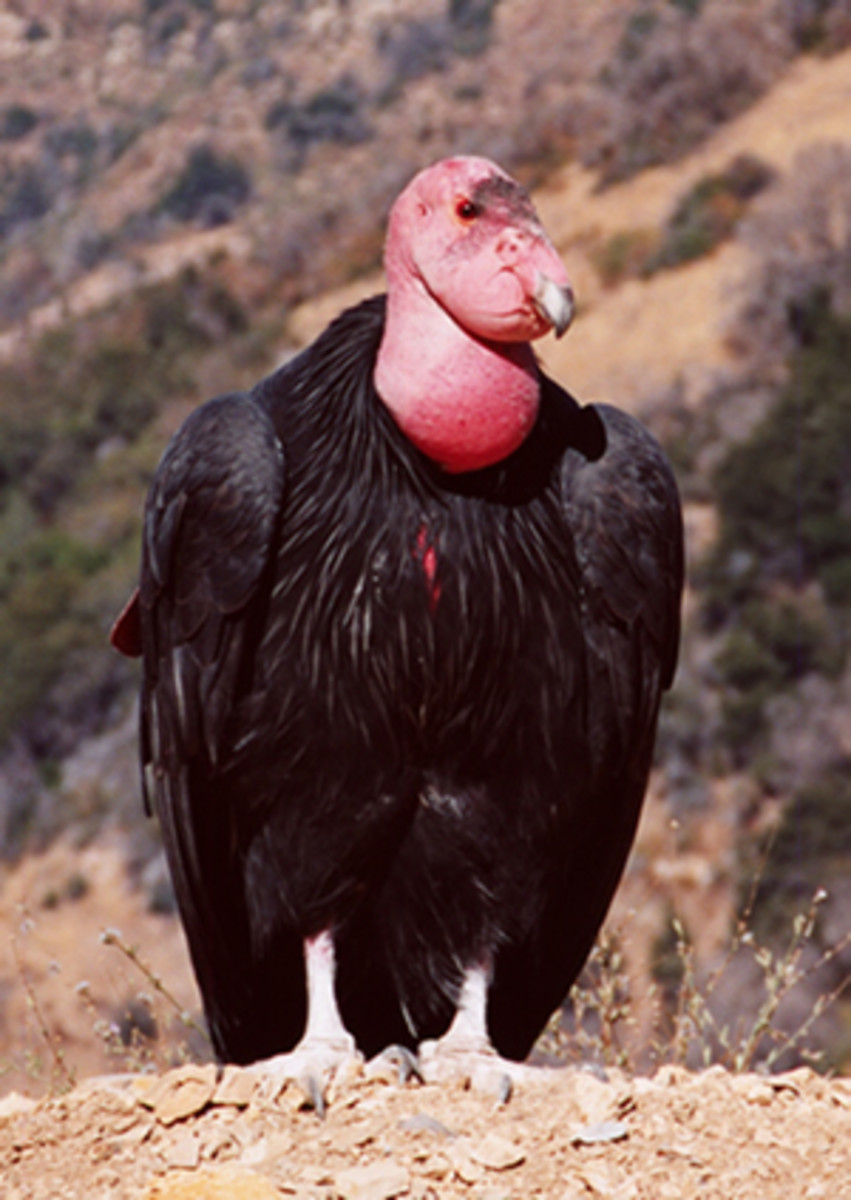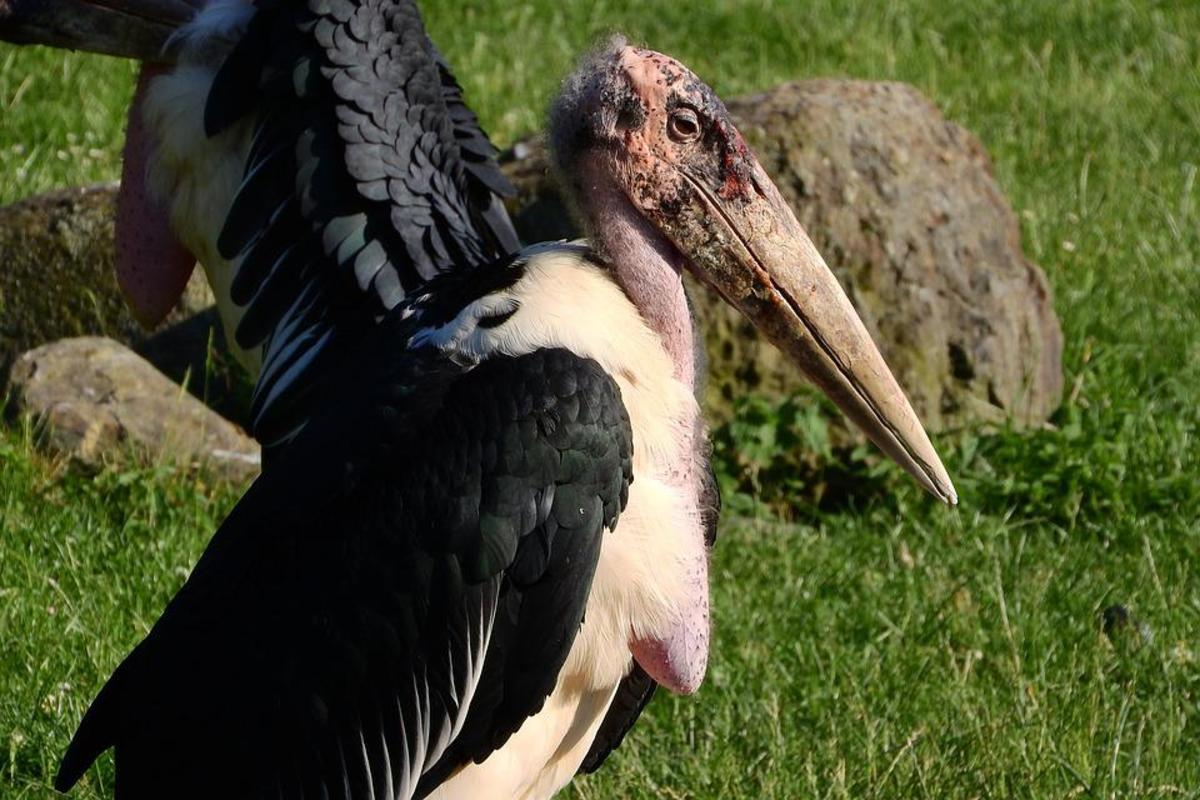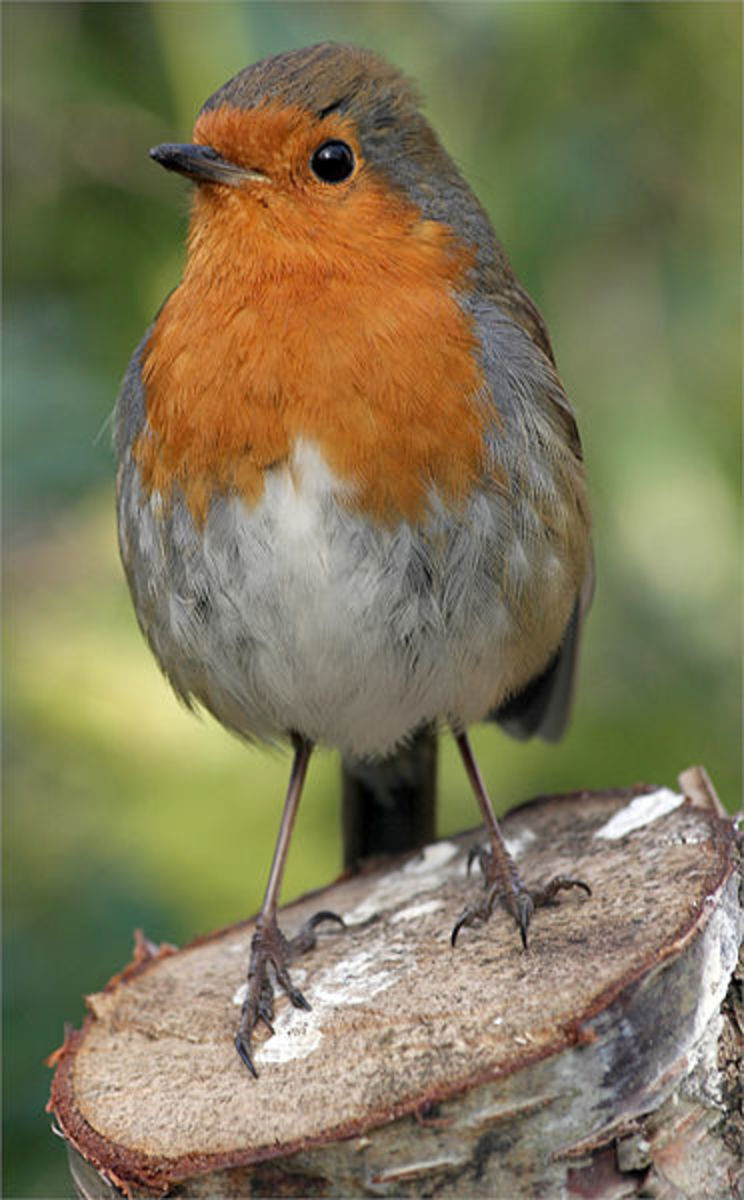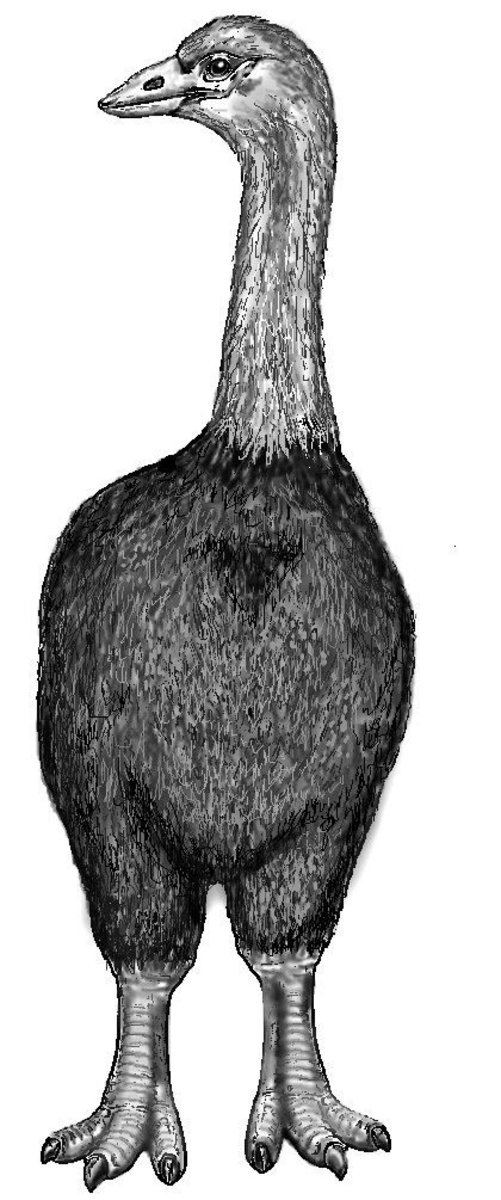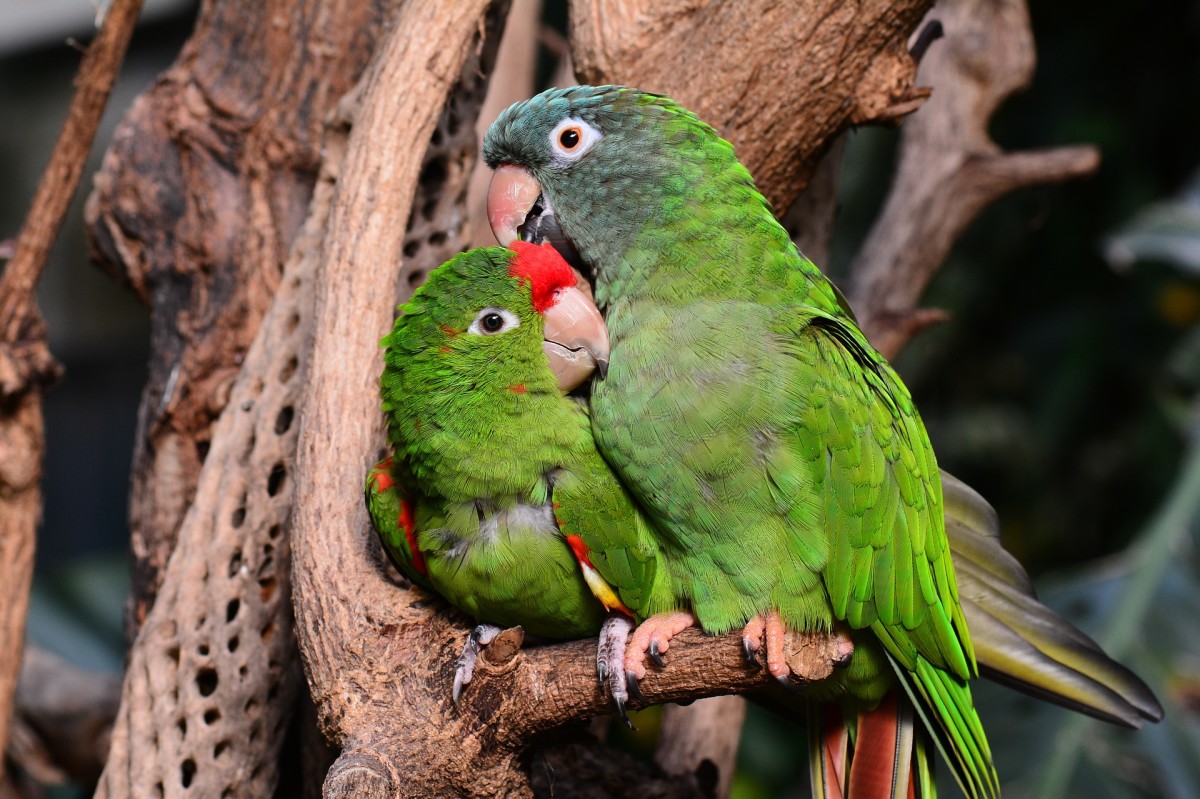What is a Marabou Stork (Undertaker Bird)?
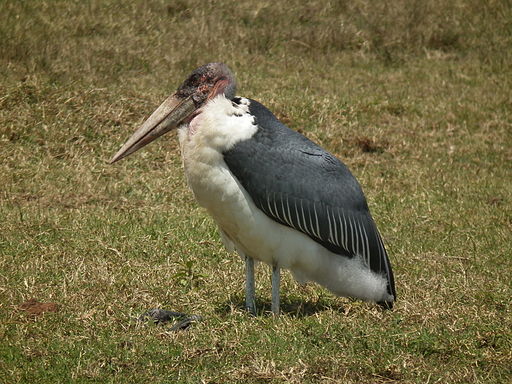
The Marabou Stork and Its Habitat
When thinking of a stork, many people imagine the beautiful White Stork that is associated with babies and childbirth. However, not all storks are quite so pretty, and some are associated with the other end of the life cycle.
Meet the Marabou Stork.
The Marabou stork's scientific name is Leptoptilos crumeniferus. There are only three surviving species of birds in the entire Leptoptilos genus (the Greater and Lesser Adjutant Storks are the other two). Marabous live in Africa, predominantly south of the Sahara desert. They can be found in wet or dry areas - from savannas to marshlands and lakes. They've been known to hang out near areas inhabited by humans, such as fishing villages and garbage dumps. They are gregarious birds (they prefer to live in groups rather than by themselves), but some individuals may be solitary.
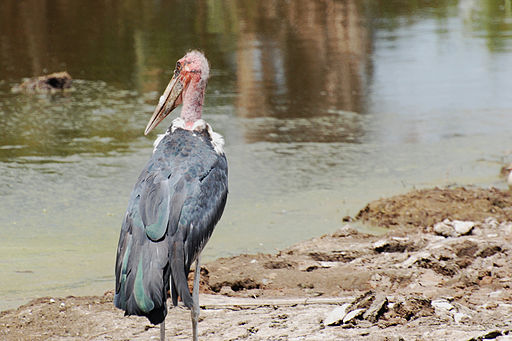
Physical Appearance
The Marabou Stork is often referred to as "the Undertaker Bird," primarily due to their appearance. If you look at these birds from behind, they look almost like they're wearing dark cloaks thanks to the black feathers on their backs and wings, and white fluff around their necks. The thin white "hair" on their mostly bald heads makes them look a bit like little old men. As with vultures, the baldness is an adaptation to help keep their heads clean from rotting food and other debris.They have white feathers on their underparts, and a pink pouch hangs from their throats. They are very large birds - up to 60 inches (152 centimeters) tall with a weight of 20 pounds, which is heavy for a bird. Like all storks, they stand on long, skinny legs and they have large bills. A Marabou's bill can be as long as 14 inches. Their 7 - 9 foot wingspan is just as impressive as their height.
The Marabou Stork's Diet and Feeding Habits
Primarily scavengers, Marabous eat mostly carrion, which adds to their association with death. However, they aren't picky about their food - they also eat garbage, scraps, animal droppings, and sometimes live fish, frogs, small mammals, other birds, and locusts. They can even eat adult flamingos! Those that live near humans will gather in garbage dumps in large numbers, and will eat anything they can fit into their beaks. They can swallow up to a pound of meat at once. They prefer live food over carrion when they are breeding and raising young, which ensures that the babies receive the proper nutrients.
The Marabou stork will sometimes join vultures at mealtimes. This is advantageous to the stork, since a vulture's sharp beak is much better at getting to the meat inside a carcass than a stork's long bill. The storks will eat scraps that the vultures leave behind, and will sometimes even force their way in to steal a bite or two while the vultures are still eating.
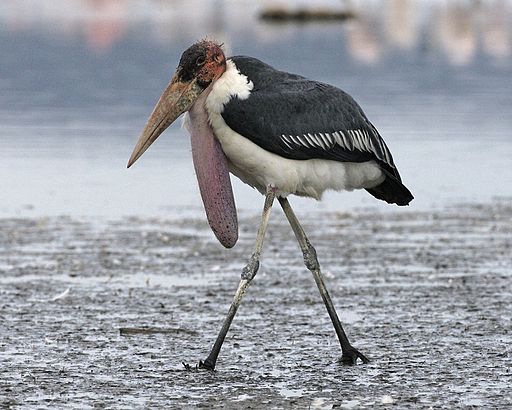
Breeding
Marabou storks breed during the dry season, and usually mate for the first time when they are four years old. The male establishes his territory, and then goes through a courtship display that includes inflating the throat pouch, dancing or walking in place, and clattering the bill. The female will also display when she's looking for a mate. She'll stand with her wings spread, her body horizontal, and her neck stretched out and down. Once a pair accepts each other, the two usually remain monogamous.
Marabous tend to build their nests in trees (sometimes buildings), and the female usually lays between two and three eggs, but they have been known to lay up to five. Both parents are involved in incubating the eggs and caring for the young. However, only one in four babies survives to breeding age.
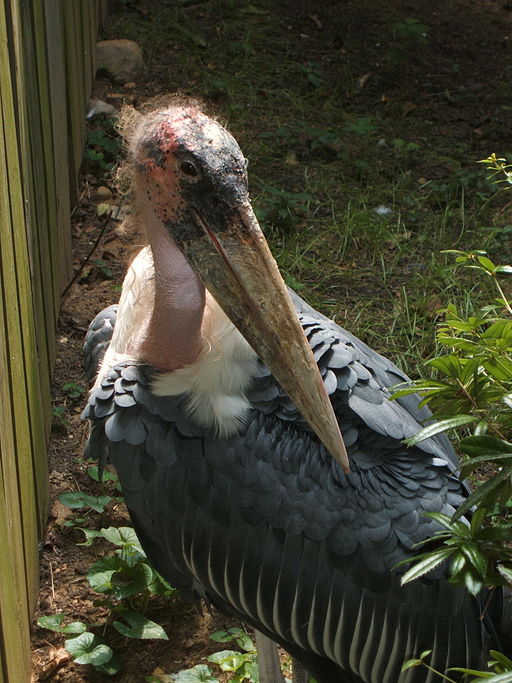
Other Marabou Stork Fun Facts
- Marabou storks practice urohidrosis, which means they relieve themselves on their own legs. This helps the bird regulate his temperature, and it's what gives the legs their white color.
- These birds have no voice box, but can make a few sounds with their throat pouches and by clattering their bills.
- The throat pouch can be used to show dominance, and can also be used to help the bird cool off.
- Even though they eat garbage, they like to keep it clean. They will sometimes dip their food in water to rinse off dirt before eating.
- The Marabou stork is good at soaring thanks to the long wingspan. Unlike other storks, they fly with their necks tucked in, similar to herons. This helps put some of the weight of the heavy bill on the shoulders, which takes some stress off the neck.
